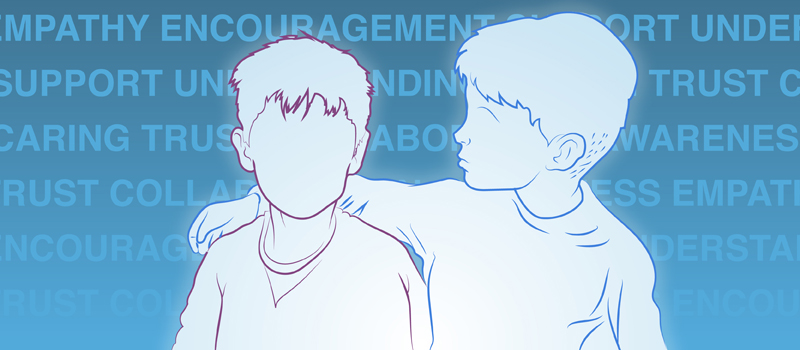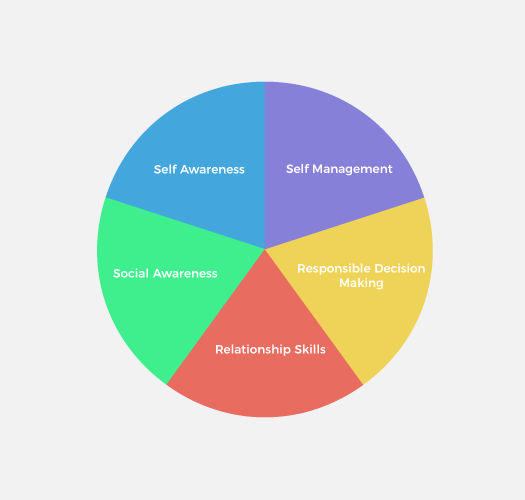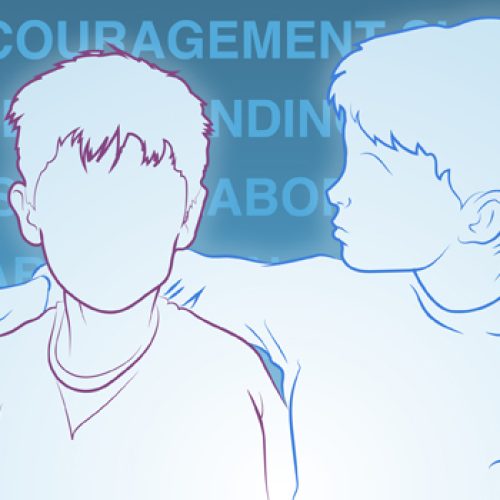Why should the concept of emotional learning matter to you? More importantly, why are more and more teachers moving towards incorporating this style of teaching? The answer to these questions is rooted in the definition of social emotional learning itself. Social Emotional Learning (SEL) is a process through which both children and adults can acquire and apply the necessary knowledge and skills to both understand and manage emotions, build relationships with others, and maintain positive and healthy lives.
As technology further advances and the world continues to develop in unforeseeable ways, more and more knowledge is easily becoming available to us. Our advancement has helped us know and do things that humans before would deem unimaginable. Therefore, it is essential for schools to begin focusing on implementing SEL practices.
Students spend majority of their time at school. Each educational institute provides a basis for the greater part of activities that students carry out in their daily lives. Teachers are responsible for shaping a child’s future self. By integrating SEL into a school’s teaching methods, students will experience a drastic change in the quality of their education. These long-term effects should be explored prior to the integration of SEL techniques.
There are many effects of providing students with not only book knowledge, but with emotional intelligence. SEL covers five main aspects: self-motivation, empathy, relationship skills, self-awareness, and emotional control. These skills promote a drastic increase in self efficacy, improve academic performance, and strengthen social bonds. On an individual level, students become more self-reliant and likely to develop the ability to self-motivate, rather than being motivated by external validation. On an academic level, SEL practices are highly effective in closing achievement gaps, increasing graduation rates, raising enrolment rates and improving academic performance. A 2017 study in Child Development found that the effects of SEL continue to benefit students years after their learning. The study notes that “the academic performance of students exposed to SEL programmes was 13 percentile points higher than their non-SEL peers, based on the eight studies that measured academics.” Finally, on a social level, SEL techniques have been linked to an improvement in social relationships. Through promoting empathy and social bonds, SEL is a positive force in decreasing emotional distress, drug use, and reduced criminal activity.
Although it is a process that will take time and effort, it is one that is worth investing in. The benefits that come from incorporating SEL practices into our schools are without bounds. Even in terms of profit, a study conducted by Columbia University showed that for every dollar invested in SEL, there is a return on investment of eleven dollars. The transition from being a traditional institution that teaches children about books to becoming a cutting-edge school that provides applicable experiences is not an easy one. However, the effects of revolutionising education techniques is both monetarily and socially profitable. We can all benefit from raising a generation of children who have the skills, the bond, and the creativity to navigate the world around us.
To find out more about SEL programmes, please read more at edutopia.org and startempathy.org


